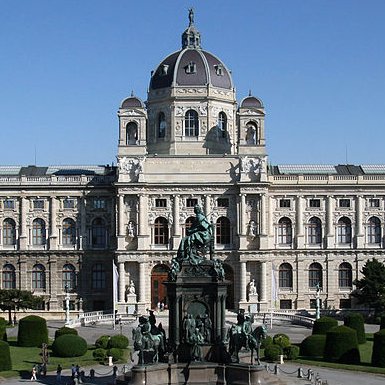Suicide of Saul (1562). Oil on panel. 34 x 55. The Suicide of Saul is an oil-on-panel by the Netherlandish Renaissance artist Pieter Bruegel the Elder, painted in 1562. It is in the collection of the Kunsthistorisches Museum in Vienna. An inscription on the painting identifies the subject as the rarely represented scene of the suicide of Saul after his defeat by the Philistines. These events are described in 1 Samuel 31, 1-5: Now the Philistines fought against Israel; and the men of Israel fled from before the Philistines, and fell slain on Mount Gilboa. Then the Philistines followed hard after Saul and his sons. And the Philistines killed Jonathan, Abinadab, and Malchishua, Saul's sons. The battle became fierce against Saul. The archers hit him, and he was severely wounded by the archers. Then Saul said to his armorbearer, Draw your sword, and thrust me through with it, lest these uncircumcised men come and thrust me through and abuse me. But his armorbearer would not, for he was greatly afraid. Therefore Saul took a sword and fell on it. And when his armorbearer saw that Saul was dead, he also fell on his sword, and died with him; 1 Samuel 31:1-5, NKJV Bruegel has chosen the highly dramatic moment of the death of the armourbearer, just as the Philistines are approaching. See 1st detail Saul's death was interpreted as a punishment of pride-it was among the proud that Dante met Saul in the Purgatorio-and this may account for Bruegel's choice of such an unusual subject. As with most of his subjects taken from the Bible, Bruegel treats Saul's suicide as a contemporary event, showing the armies in 16th century armour. In 1529 the German painter Albrecht Altdorfer had shown the clash of the forces of Alexander the Great and Darius at the Battle of the Issus in this way, and in many other respects, too, Bruegel is in Altdorfer's debt, particularly in the representation of the tiny, massed figures of the soldiers and their forests of lances. Bruegel may also have looked at the battle-scenes of another German painter, Jorg Breu the Younger, and at a now lost battle-scene by the Antwerp landscape painter Joachim Patinir which is mentioned by biographer Karel van Mander. The Suicide of Saul is an early attempt by Bruegel to reconcile landscape and figure painting. If it is compared with one of his latest works, The Magpie on the Gallows of 1568, its weaknesses are apparent: the foreground and background are not yet reconciled and the jutting outcrop of rock in the centre see 2nd detail is a mannerist device which one may see again in The Procession to Calvary. However, the distant landscape is seen through a shimmering haze, which seems to have the effect of emphasizing the foreground detail, and this does represent a new stage in the evolution of Bruegel's depiction of naturalistic landscape.
more...




